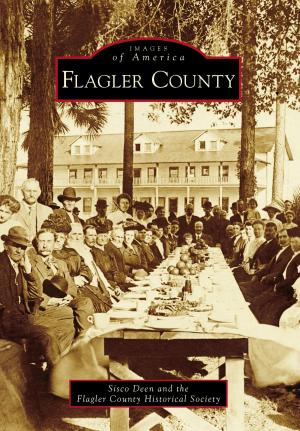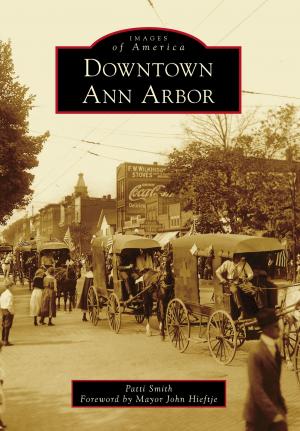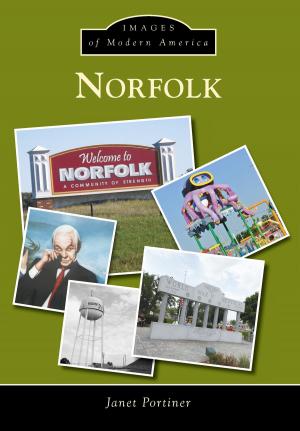| Author: | Susan K. Skilton | ISBN: | 9781439657362 |
| Publisher: | Arcadia Publishing Inc. | Publication: | August 8, 2016 |
| Imprint: | Arcadia Publishing | Language: | English |
| Author: | Susan K. Skilton |
| ISBN: | 9781439657362 |
| Publisher: | Arcadia Publishing Inc. |
| Publication: | August 8, 2016 |
| Imprint: | Arcadia Publishing |
| Language: | English |
Long before the Gold Rush drew settlers from the East, the land that would one day be developed into the town of Moraga was situated on a large rancho owned by the Moraga family. Nestled amongst hills just east of Oakland and Berkeley, the Moraga Valley of the 19th century attracted cattle ranchers and farmers who planted vegetables, fruit, and nuts. In particular, pear orchards established in the earliest farming days are still celebrated in the city's annual Pear & Wine Festival. In the early 20th century, tourists escaped the sometimes chilly and fog-bound cities near San Francisco Bay to picnic in the Moraga redwoods. Electric trains, which brought Moraga's commuters to cities and students to St. Mary's College, enabled the growth of subdivisions and businesses. Train tracks eventually gave way to trails for hiking, biking, and horseback riding. Once considered a potential site for the United Nations, Moraga has maintained its rural beauty while developing into a thriving suburb.
Long before the Gold Rush drew settlers from the East, the land that would one day be developed into the town of Moraga was situated on a large rancho owned by the Moraga family. Nestled amongst hills just east of Oakland and Berkeley, the Moraga Valley of the 19th century attracted cattle ranchers and farmers who planted vegetables, fruit, and nuts. In particular, pear orchards established in the earliest farming days are still celebrated in the city's annual Pear & Wine Festival. In the early 20th century, tourists escaped the sometimes chilly and fog-bound cities near San Francisco Bay to picnic in the Moraga redwoods. Electric trains, which brought Moraga's commuters to cities and students to St. Mary's College, enabled the growth of subdivisions and businesses. Train tracks eventually gave way to trails for hiking, biking, and horseback riding. Once considered a potential site for the United Nations, Moraga has maintained its rural beauty while developing into a thriving suburb.















